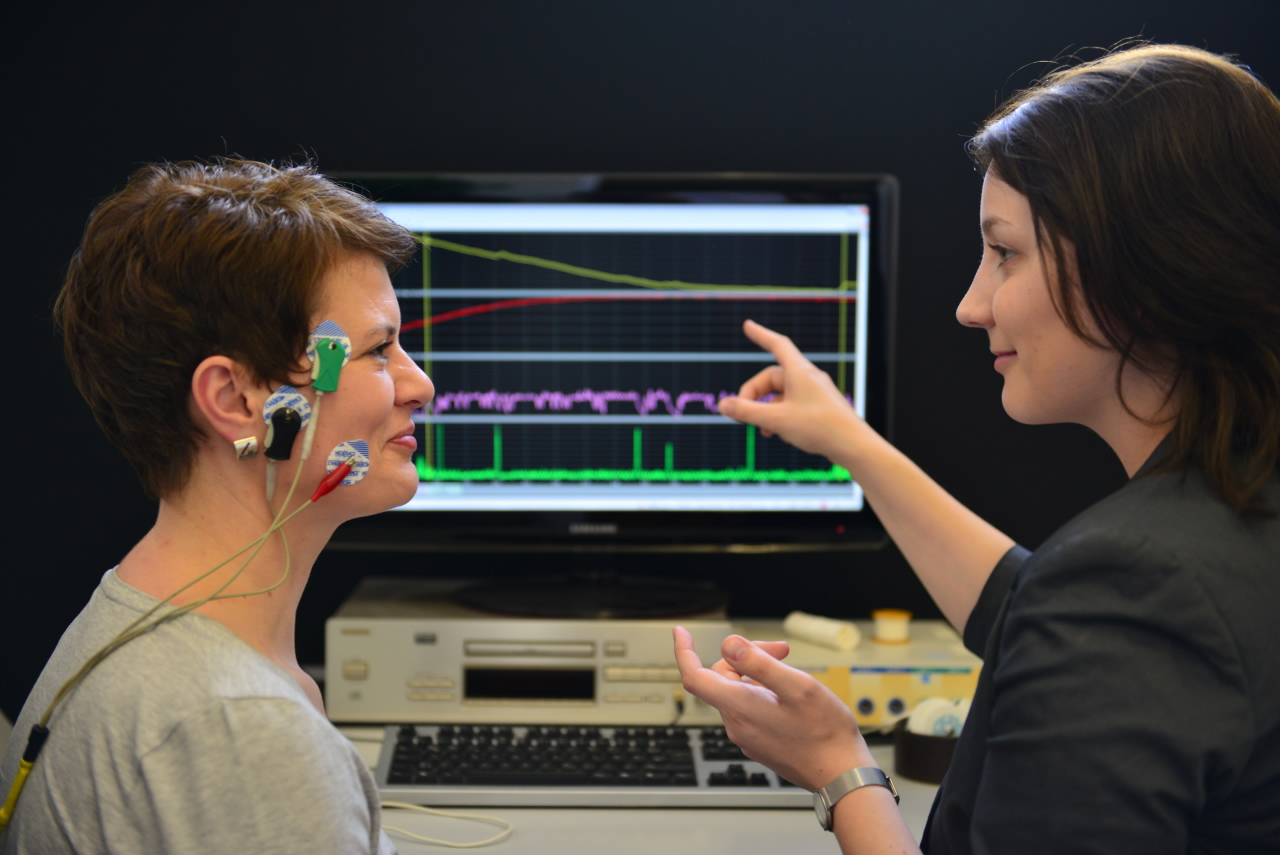Revealing the Secrets of the Mind Through Quantitative EEG Cerebral Mapping in Psychological Health Evaluation
Revealing the Secrets of the Mind Through Quantitative EEG Cerebral Mapping in Psychological Health Evaluation
Blog Article
Understanding the individual mind is a challenging task, particularly when it comes to psychological health. Traditional methods of evaluation frequently depend on interviews and surveys, which can sometimes overlook crucial details about how the mind functions. This is where quantitative brainwave analysis, or qEEG, enters into the picture. qEEG is a specific technique that assesses electrical signals in the cerebrum. By analyzing these neural patterns, psychological health experts can obtain important insights into a individual's psychological state, helping to improve diagnosis and intervention.
qEEG works by placing small electrodes on the head to capture brain activity. These sensors measure electrical signals produced by neurons, the cells in the cerebrum that communicate with each other. The information collected is then processed and presented as a series of patterns. Each kind of neural wave—such as α, beta, delta, and theta—relates to different mental conditions and activities. For instance, α waves are often associated with relaxation, while beta waves are linked to active thinking and problem-solving. By examining these trends, clinicians can detect irregularities that may indicate psychological health issues.
One of the significant advantages of qEEG is its ability to provide objective information. In contrast to conventional evaluations that rely on personal reports from clients, qEEG offers a distinct view of brain function. This objectivity can help minimize prejudices in diagnosis and lead to more accurate treatment plans. For example, if a patient is experiencing stress, qEEG can reveal particular patterns of neural activity that are linked with stress disorders. This information allows psychological health professionals to tailor interventions more effectively, whether it be through therapy, pharmaceuticals, or other approaches.
Additionally, qEEG can be particularly beneficial in monitoring intervention progress. By performing qEEG assessments at different points during treatment, clinicians can track changes in neural function over period. This continuous evaluation assists determine if a treatment is working or if modifications are needed. For example, if a client is not responding to a particular great post to read medication, qEEG may show that their brain function has not changed in a way that suggests improvement. This response loop can result to more customized and effective psychological health treatment.
In summary, qEEG brain mapping is a powerful instrument in the field of psychological health evaluation. By providing objective data about neural activity, it improves the comprehension of different psychological health conditions. This method not only assists in precise diagnosis but also assists in monitoring intervention effectiveness. As mental health professionals continue to investigate the potential of qEEG, it holds potential for improving the well-being of people dealing with mental health issues. With continuous research and progress in techniques, the mysteries of the brain may turn clearer, resulting to better outcomes for those in need of assistance.